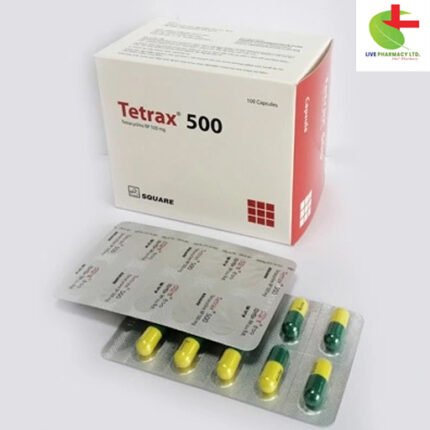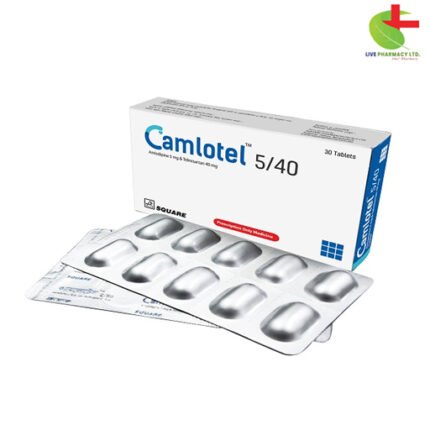Anadol 50
80.70৳ Strip
- Anadol, provided by Live Pharmacy, is a go-to solution for managing moderate to severe pain effectively.
- Its active ingredient, Tramadol, acts centrally to alleviate pain by inhibiting neurotransmitter reuptake and activating analgesic pathways.
- Available in diverse formulations such as tablets, capsules, and injections, Anadol offers flexible dosing options for both acute and chronic pain conditions.
- With minimal drug interactions and a strong focus on patient safety, Anadol ensures reliable and comfortable pain relief, promoting overall well-being.
 Brand
Brand
|
Square Pharmaceuticals PLC |
|---|---|
 Generics
Generics
|
Tramadol Hydrochloride |
Indications
Anadol is prescribed for the treatment of moderate to severe painful conditions, including:
- Postoperative pain
- Colic and spastic pain
- Cancer pain
- Joint pain
- Neck and back pain
- Pain associated with osteoporosis.
Pharmacology
Tramadol, the active ingredient in Anadol, is a synthetic analgesic compound that acts centrally. It inhibits the reuptake of neurotransmitters serotonin and noradrenaline, modifying the transmission of pain impulses by activating descending serotonergic and noradrenergic pathways involved in analgesia. Tramadol’s analgesic effects are mediated via stimulation of mu-opioid receptors and indirect modulation of central monoaminergic inhibitory pathways.
Dosage & Administration
- Capsule or Tablet: Typical doses range from 50 to 100 mg every four to six hours for acute pain, with an initial dose of 100 mg. For chronic painful conditions, an initial dose of 50 mg is recommended, with subsequent doses of 50 to 100 mg every 4-6 hours. Total daily dosage should not exceed 400 mg.
- Sustained Release Capsule or Tablet: One SR capsule or tablet every 12 hours, not exceeding a total daily dosage of 400 mg.
- Injection: Intramuscular or intravenous infusion of 50-100 mg every 4 to 6 hours, not exceeding a total daily dosage of 600 mg.
- Suppository: Rectal administration with usual doses of 100 mg Tramadol Hydrochloride every 6 hours for adults. For severe pain, higher daily doses may be necessary.
Interaction
In general, Anadol has minimal drug interactions. However, caution is advised with monoamine oxidase inhibitors (MAOIs) and concomitant administration with carbamazepine.
Contraindications
Tramadol is contraindicated in individuals with hypersensitivity to the drug and in cases of acute intoxication with alcohol, hypnotics, centrally acting analgesics, opioids, or psychotropic drugs.
Side Effects
Common side effects include dizziness, nausea, constipation, headache, somnolence, vomiting, and pruritus. Less common side effects may include allergic reactions, weight loss, and gastrointestinal issues.
Pregnancy & Lactation
The safety of Tramadol in pregnancy has not been established, and caution is advised. Tramadol should not be administered during breastfeeding due to potential risks to the infant.
Precautions & Warnings
Caution should be exercised in patients at risk for respiratory depression, opioid dependence, and those receiving CNS depressants. Anadol should be used with caution in patients taking MAOIs and those with increased intracranial pressure or acute abdominal conditions.
Use in Special Populations
Anadol can be administered in children from the age of 1 year, with dosage adjustments based on body weight. However, caution is advised, and suppositories should not be used in children below 14 years of age.
Therapeutic Class
Anadol belongs to the therapeutic class of opioid analgesics.
Storage Conditions
Store Anadol below 30°C, away from light and moisture, and out of reach of children.













Reviews
There are no reviews yet.